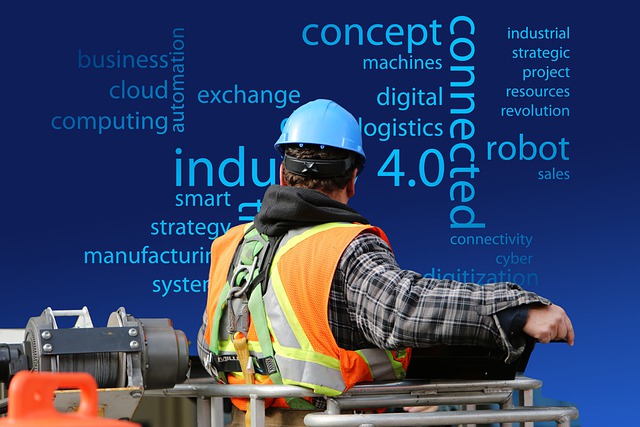How to Make Enterprise Comfortable With Artificial Intelligence – EnterpriseTalk
Entrepreneurs and experts at the front lines of the AI revolution recognize there are issues like a company’s culture or lack of trust from a customer base, which cannot be solved by technology alone. These are fostered by principles that shape the everyday inner and outer workings of a company.
AI is a powerful mechanism for amplifying human knowledge, skills, and efficiency. But ca…….

Entrepreneurs and experts at the front lines of the AI revolution recognize there are issues like a company’s culture or lack of trust from a customer base, which cannot be solved by technology alone. These are fostered by principles that shape the everyday inner and outer workings of a company.
AI is a powerful mechanism for amplifying human knowledge, skills, and efficiency. But can AI proponents employ AI to fix a moribund or toxic corporate culture? That’s probably the most vexing challenge with AI rollouts.
One of the challenges that Artificial Intelligence models are based on historical data, which means they are prone to biases that are ingrained into the algorithm while their learning phase is on. So basically, humans pass on their biases to AI applications. Sometimes, an automated process doesn’t take into account the people it works with.
The challenge, then, is to put people first in any AI project. AI practitioners make the following recommendations for building a people-centric, but AI-driven culture:
Also Read: Organizations to Adopt a Multi-lingual Approach to Knowledge Management Capabilities
Expand AI ownership and commitment beyond the IT department
AI adoption in an enterprise should be a comprehensive business plan, with all parties involved. Successful distribution and production of AI is an effort for a variety of activities away from data science. Extended teams need to move from the technical side, involving IT and cloud operations with data security and control, to the business side, which includes change management, educational training, acquisition, best practice.
AI does not attempt to replace human beings but empowers human-like dialogue with the power of automation and ingenuity a machine can have.
Identify AI in areas where it has the greatest impact
The enterprise components of the promotion and delivery of AI are very different across industries, Wu said. But the common theme is that organizations should have a reliable source of clean and rich data as a product from normal business operations. Companies with large support centers often keep a good record of events and decisions. Activity data for sales organizations is usually as accurate as needed for good accounting practices. This data will continue to add fuel to their AI / ML as it reads. On the other hand, although marketing organizations also have a lot of data, they are often noisy and often need to be cleaned up before they can be used in AI and ML production.
Encourage awareness and training of fair and effective AI between IT managers and staff
IT leaders and staff should also receive additional training and awareness to reduce AI bias. AI is as good as the data we provide, since the learning comes to them replete with human biases. There are various models that can help in making better and more equitable decisions but at the same time business leaders need to be aware of such challenges and make the right decisions to help eliminate bias in terms of data.
Also Read: IT Leadership: Five Effective Strategies to Mentor Rising Stars
Encourage awareness and training of fair and effective AI at all levels of the organization
IT leaders can lead the way in ensuring that AI delivers in the right way. Reducing AI bias should be everyone’s responsibility as data security, as it does for corporate business principles.
At the same time, employees often need to have some motivation to encourage them to show new professional behavior before they become second nature. These benefits do not always have to be financially sound. Business Gamification can be used to drive awareness and interest in reducing AI bias. It can raise awareness of the problem of AI bias; drive positive behaviors that help identify these prejudices, and crowdsource potential solutions.
It is recommended to do regular reviews of randomly selected AI results, making sure all strata are adequately represented in random sampling. End-users may not always have time and inclination to give feedback for suboptimal AI results. Actively and regularly evaluate performance of your models. The feedback from reviewers is automatically fed back to the next round of model training. This practice keeps models from getting irrelevant.
Check Out The New Enterprisetalk Podcast. For more such updates follow us on Google News Enterprisetalk News.
Source: https://enterprisetalk.com/featured/how-to-make-enterprise-comfortable-with-artificial-intelligence/







